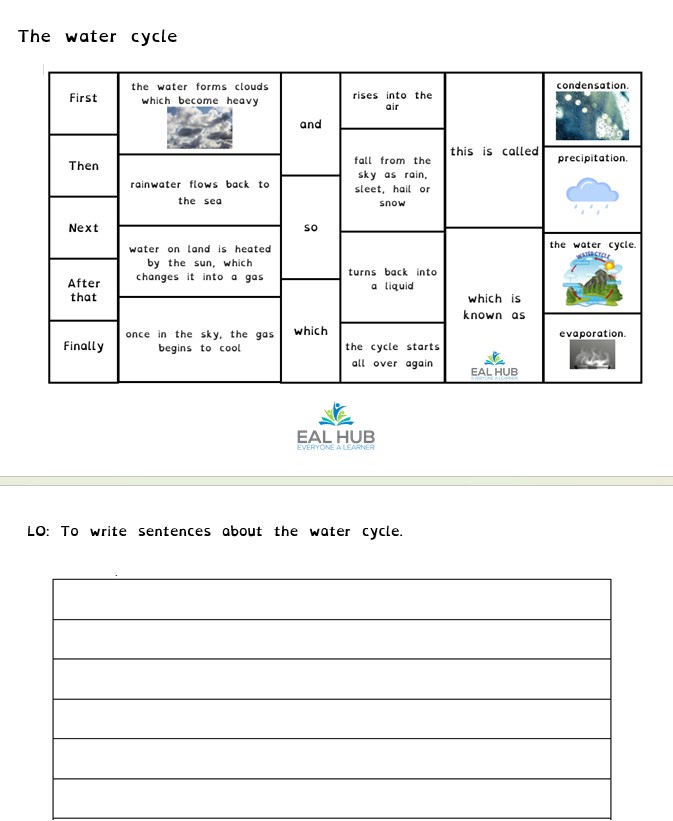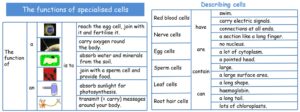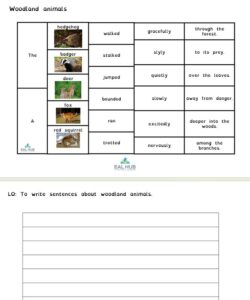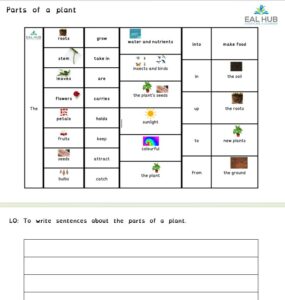
What is a substitution table and how can they be used to support EAL learners?
Substitution tables are an effective tool for scaffolding EAL (English as an Additional Language) learners. Substitution tables are a visual tool that helps students to understand the structure and patterns of language. They are particularly useful for teaching grammar, vocabulary, sentence structures and for reinforcing content. They work by providing a table with columns and rows, where the columns represent different parts of speech or sentence components, and the rows represent different vocabulary or grammatical options.
Substitution tables can be used to develop language, content or both:


Substitution tables help EAL learners to break down the structure of language into manageable parts. By using substitution tables, learners can see the patterns and relationships between different parts of speech and sentence components. This helps them to understand how the language works and how to use it correctly in different contexts.
In addition to helping learners understand the structure of language, substitution tables can also help learners to practice and apply their language skills. By using substitution tables, learners can create their own sentences and practice using new vocabulary and grammar structures. This provides a low-stakes environment for learners to experiment with language and develop their confidence in using English.
Teachers can create substitution tables for a range of language structures, including verb tenses, prepositions, and noun phrases. They can also adapt substitution tables to suit the needs and language proficiency levels of different learners. For example, substitution tables for beginners might include pictures or visual aids to help learners associate words with their meanings.
An excellent video explaining Substitution Tables can be seen here from The Bell Foundation:
Substitution tables are an effective scaffolding tool for supporting EAL learners. By breaking down the structure of language into manageable parts, substitution tables help learners to understand the patterns and relationships between different parts of speech and sentence components. This removes some of the cognitive load of having to think of HOW to formulate the sentences, rather they can focus more on suggested structure. This helps them to use English correctly in different contexts and build their confidence in using the language. Teachers can use substitution tables to create a supportive and inclusive learning environment that meets the needs of all learners.
At EAL HUB we have been asked to produce these for a while and they take time to get right, but we are now excited to be offering lots, with more on the way. They support within a range of popular topic areas. Samples of these:


Check out all of the substitution tables we offer here!
